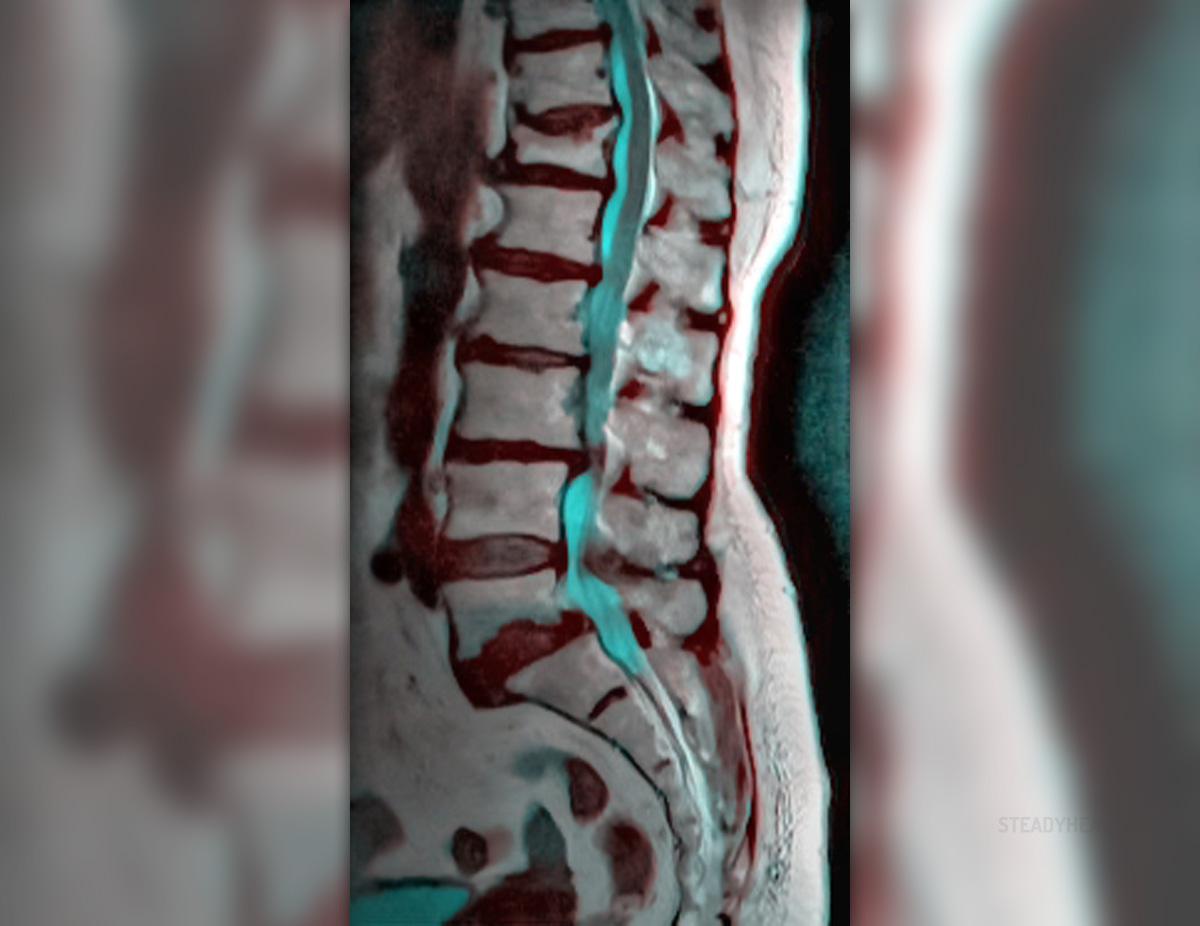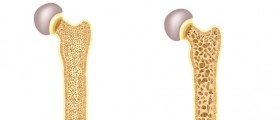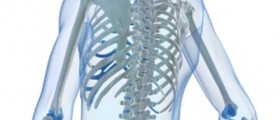
About Compression Fractures
Vertebral compression fractures develop as a consequence of trauma. Compression fractures actually represent a collapse of the vertebra. In healthy individuals, the force of trauma has to be significant for this kind of injury to occur, but there are also certain illnesses that make the fracture occur even if little or no force is engaged. In majority of patients lower vertebrae are broken.
There are several causes of vertebral compression fractures. One of the most common ones is osteoporosis. Bone density in people suffering from osteoporosis is reduced which makes a person susceptible to fractures in general. There is little or no force needed for the fracture to occur in people suffering from osteoporosis. Furthermore, compression fracture also occurs due to an injury severe enough to break a vertebra. This is seen in car accidents or falls form high objects when a person lands on his/her feet. Compression fracture can also be pathological. This is a type of fracture that develops due to preexisting disease of the fracture site (cancer, osteomyelitis etc.).
Compression fracture typically leads to pain that is generally localized in the affected area. In severe cases if there is compression of the spinal nerves patients additionally complain about numbness, tingling sensation and weakness of the muscles innervated by the irritated nerve. In case the nerves in charge of control of the bladder and rectum are damaged a person may lose control of urine and stool.
Therapy for Compression Fractures
It is essential for all patients to be hospitalized. The condition can be confirmed after a physical and neurological exam and several more tests and examinations including X-ray, CT scan and MRI of the spine. Apart from determining what part of the spine is broken, some of these imaging methods give suitable insight in damage to surrounding tissues and the overall extent of the injury.
Pain caused by the fracture is treated with pain medications. The doctor may prescribe nonsteroidal anti-inflammatory drugs, narcotics such as hydrocodone or muscle relaxants depending on the intensity of the pain. Surgery is performed in cases of compression of the spinal cord or severe compression of the spinal nerves associated with symptoms and signs that linger and do no improve. Immobilization of the injured part of the spine is achieved with braces or corsets. Traumatic injuries with neurological defects require rehabilitation. Patients are taught how to strengthen the back muscles and regain mobility. The doctor decides when is the optimal time for one to engage in physical therapy. And finally, in case the patients are prone to compression fractures due to the underlying illness it is essential to introduce certain preventative measures and avoid additional fractures.






-Test-And-What-Do-The-Results-Mean_f_280x120.jpg)










Your thoughts on this
Loading...